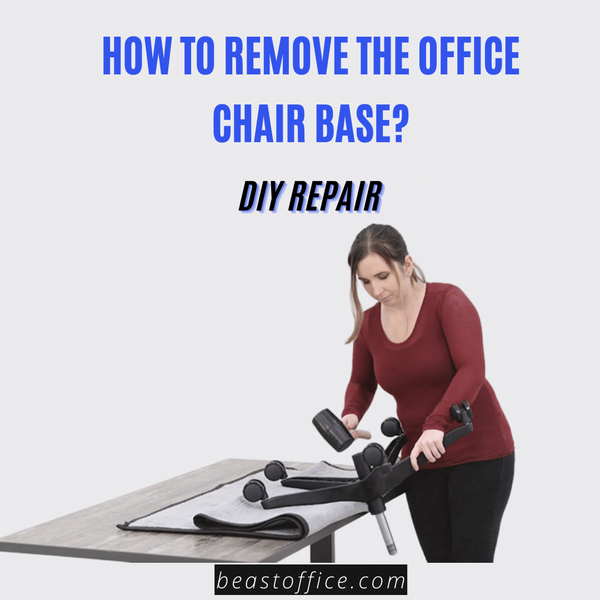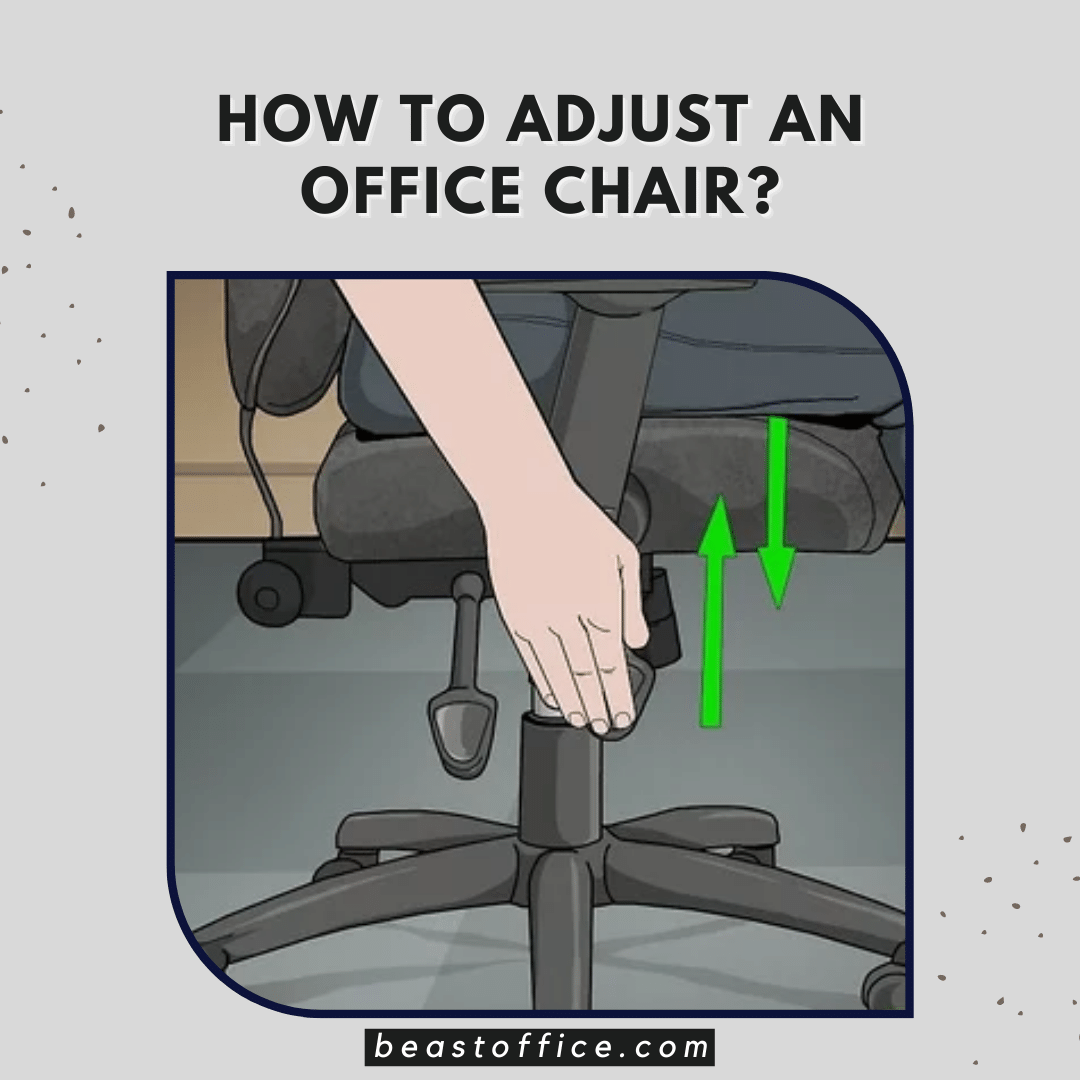Scoliosis, a lateral curvature of the spine, can pose unique challenges to an individual's musculoskeletal health. The spine's intricate structure and crucial role in maintaining posture and mobility necessitate careful consideration when engaging in physical activities. For those with scoliosis, exercise becomes a double-edged sword – it can either support the spine's alignment or inadvertently exacerbate the condition. Understanding the types of exercises to avoid is essential to prevent undue strain on the spine and potential worsening of the curvature. This article delves into exercises that individuals with scoliosis should avoid, shedding light on the science behind their detrimental effects and offering insights into alternative approaches that promote spinal health and overall well-being.
There are much more about exercising like on stress balls. If you want to know how, click here.
Scoliosis Exercises To Avoid - Some Specific Positions
Twisting Motions
Twisting exercises can exacerbate scoliosis by putting uneven pressure on the spine and its supporting structures. When the spine is curved, twisting motions can further contribute to imbalances and discomfort. Exercises like Russian twists, oblique crunches, and bicycle crunches involve rotational movements that can strain the spine and potentially worsen the curvature. Individuals with scoliosis should avoid these exercises to prevent undue stress on the compromised spine.
Excessive Spinal Flexion
Exercising excessive forward bending or spinal flexion can increase the risk of strain and discomfort for those with scoliosis. Movements like full sit-ups, leg raises while lying down, and toes-to-bar exercises can place excessive pressure on the spinal discs and vertebral joints, potentially leading to further issues. Individuals with scoliosis should avoid these exercises to avoid exacerbating their condition.
Heavy Weightlifting and Overloading
Heavy weightlifting can impose substantial stress on the spine, which may be problematic for individuals with scoliosis. Exercises like deadlifts, squats with heavy weights, and overhead presses can lead to uneven spine loading and strain the supporting muscles. This uneven distribution of weight can worsen the curvature or lead to discomfort. It's recommended to avoid heavy weightlifting and opt for lower-weight, controlled resistance training with proper form and supervision.
Unsupported Backbends
While flexibility is important, unsupported backbends can be risky for individuals with scoliosis. These exercises involve hyperextending the spine, which can stress the curved structure and cause discomfort. Poses like a full wheel (Urdhva Dhanurasana), cobra (Bhujangasana), and bow (Dhanurasana) can strain the spine's alignment. Those with scoliosis should avoid unsupported backbends and focus on more controlled stretches and gentle extension movements.
Other Scoliosis Exercises To Avoid
Rotation Of The Thorax
We advise avoiding lengthy situations where the upper chest is rotated over the lower trunk. The spine will be subjected to Tension and bending pressures. That isn't desired, which is particularly important when considering scoliotic spin.
Hyper-Extension
Keep your lower back from bending too far forward since this places unnecessary strain on your spine. If you already have a spinal condition like this, it might worsen your condition since it encourages more lumbar spine compression.
Back Bends
Like a hyperextended lower back, this position puts undue strain on the spine and worsens scoliosis.
Hyperflexion Of Neck
If you already have scoliosis, adopting positions like the one depicted above can exacerbate your condition by putting undue pressure on your neck's delicate vertebrae and putting your entire body weight on your curved spine.
Scoliosis Exercises To Avoid - Routine Activities
Avoid Football
It is a perfect illustration of the incompatibility between scoliosis with athletic pursuits. Football is a highly engaging activity that may inflict significant body and spinal injuries even if players take precautions. When you play dangerous games like football, your spine is put under a lot of stress. Football will not induce scoliosis but might worsen the condition if he already has a hereditary susceptibility to idiopathic scoliosis. Football is dangerous for him if the patient's spine has rods in the body due to scoliosis surgery.
Limit Your Swimming Time
If you have scoliosis, you should avoid competitive swimming. When you swim too long every day, you flatten the thoracic spine, which is connected to curve development. The same is true for gymnasts competing at the highest levels and ballet dancers devoted to the art form. If you want your spine's three dimensions to remain as near to ordinary as feasible as you age, avoiding the behaviors that cause scoliosis to worsen is crucial.
Avoid Roads And Sidewalks
There are some challenges that runners with scoliosis face while attempting long-distance races. Your spine is compressed when you walk, jump, or run. Running uphill or through uneven ground requires you to twist or bend your back. An increased chance of scoliosis advancement is associated with lengthy periods of sprinting or racing. The spine is also vulnerable to compression and jarring during horseback riding. A hammering will make the nail more crooked.
Torso Extensions
In bends, acrobatics, athletic jumps, dancing routines, and various yoga poses, the upper spine is continuously stretched, which causes the vertebrae to rotate more into the scoliosis curve.
Avoid Trampolines
If you have scoliosis, you should not use a trampoline. Because the spine is compressed with each bounce while leaping, it may quickly progress to a more curved and unstable state.
Not Safe To Carry Heavy Items
If you're already carrying a large load, particularly if you're carrying it on one side, you're increasing the pressure on your spine. The last thing you need is a heavy backpack when you have scoliosis. It's also harmful to carry the load on just one shoulder. Heavy weight lifting, particularly if it causes lumbar spine compression, is cautioned against similarly. As such, you should likewise avoid certain motions following a lumbar fusion operation.
Other Tips
A variety of house administration strategies, including exercise, may be beneficial. Among them are under.
- The progression of a spinal curvature may be halted, discomfort alleviated, and mobility enhanced with a brace. Talk to a doctor about your scoliosis type to determine the best bracing approach.
- The discomfort in your back and spine might be alleviated by switching to a more comfortable chair or bed.
- Many individuals are suffering from scoliosis report relief from their discomfort after receiving a massage.
- Going to a chiropractor for assistance with your scoliosis pain is a great option. While treatment won't eliminate scoliosis, it might significantly enhance a patient's life quality.
What Are Safe Exercises For Scoliosis?
Safe exercises for scoliosis focus on improving posture, enhancing core stability, increasing flexibility, and promoting overall spine health. It's crucial to consult a medical professional or a certified physical therapist before starting any exercise regimen. Here are some safe exercises that can be beneficial for individuals with scoliosis:
Gentle Stretching:
- Cat-Cow Stretch
- Child's Pose
- Forward Fold
Core Strengthening:
- Planks (forearm and side planks)
- Bridging
- Pelvic tilts
Low-Impact Cardiovascular Exercises:
- Walking
- Swimming
- Cycling
Breathing Exercises:
- Diaphragmatic breathing
- Ribcage expansion breathing
Yoga and Pilates:
- Modified poses under supervision (e.g., gentle twists and side stretches)
- Pilates exercises focusing on core engagement
Resistance Band Exercises:
- Seated rows
- Lat pull-downs
- Shoulder blade squeezes
Stability Ball Exercises:
- Wall squats with the ball
- Abdominal curls on the ball
Postural Exercises:
- Wall angels
- Scapular retractions
Mind-Body Exercises:
- Tai Chi
- Qigong
Scoliosis Management
Scoliosis management involves a multidisciplinary approach aimed at controlling the progression of the spinal curvature, minimizing symptoms, improving quality of life, and promoting overall spinal health. It typically includes a combination of medical, conservative, and, in some cases, surgical interventions. Here are key aspects of scoliosis management:
Medical Evaluation and Monitoring
- Accurate diagnosis through physical examination, X-rays, and other imaging techniques.
- Regular follow-up appointments to track the curvature's progression, especially during growth periods.
Bracing
- A brace may be recommended for adolescents with moderate spinal curves to prevent further progression during growth spurts.
- Different braces, such as the Boston or Milwaukee brace, are used based on specific curvature and individual needs.
Physical Therapy
- A physical therapist designs exercises to improve core strength, flexibility, and posture.
- Hands-on techniques to improve joint mobility and muscle function.
Pain Management
- Pain relief strategies, including medications and targeted therapies, to address discomfort associated with scoliosis.
Lifestyle Modifications
- Guidance on maintaining proper posture during daily activities to minimize strain on the spine.
- Maintaining a healthy weight reduces stress on the spine.
Alternative Therapies
- Yoga and Pilates: Modified poses and exercises to enhance spinal flexibility and core strength.
- Chiropractic Care: Spinal adjustments and manipulations to improve alignment and function.
Surgical Intervention
- She was considered for severe cases with significant curvature progression or associated complications.
- Procedures such as spinal fusion or growing rod surgery aim to stabilize and correct the curvature.
Emotional and Psychological Support
- Scoliosis can impact body image and self-esteem, especially in adolescents. Counseling and support groups can help individuals cope with emotional challenges.
Patient Education
- It empowers individuals with knowledge about scoliosis, its management, and the importance of compliance with recommended interventions.
Long-Term Monitoring
- Regular follow-up appointments to assess the effectiveness of interventions and make necessary adjustments.
FAQs
If You Have Scoliosis, Which Stretches Should You Avoid?
Deep backbends that may cause unnecessary stress on the spine are avoided even while a qualified teacher advises yoga postures and stretches.
Is It Possible That Stretching Aggravates Scoliosis?
Scoliosis patients should avoid stretches and activities that put the spine in abnormal postures, raise the danger of stress and harm, or cause a worsening of the condition's unbalanced impact.
How Can Scoliosis Cause Muscular Weakness?
Muscular incoordination is only one of the numerous side effects of scoliosis on a person's body. One side of the patient's back may be weaker than the other if the spine is bent to one side, which deeply impacts the muscle along both sides of the spine.
What Did Sleeping Position Help With Scoliosis?
If you have scoliosis, sleeping on your side is recommended because it helps maintain the spine in a neutral posture, which reduces pressure on the spinal nerves and makes for a more restful night's sleep. Some persons with scoliosis find this the most comfortable way to sleep.
Can Planking Help People With Scoliosis?
Regular exercise is recommended for scoliosis patients. It improves general health and helps regain the muscular strength lost due to illness. There are several activities and movements that persons with scoliosis should avoid. Still, many healthful and safe types of exercise may help boost the odds of therapy sensations such as walking and planking.
When Used To Scoliosis, Can Reverse Stretching Help?
Scoliosis patients who take active steps to correct their condition with targeted workouts and stretches often avoid the necessity for surgical intervention. Scoliosis stretches and exercises are helpful, but anybody with the condition should see a physician or therapist.
Conclusion
There are several postures explained for people suffering from such spinal problems. Several sports and other activities are also harmful in such conditions.








